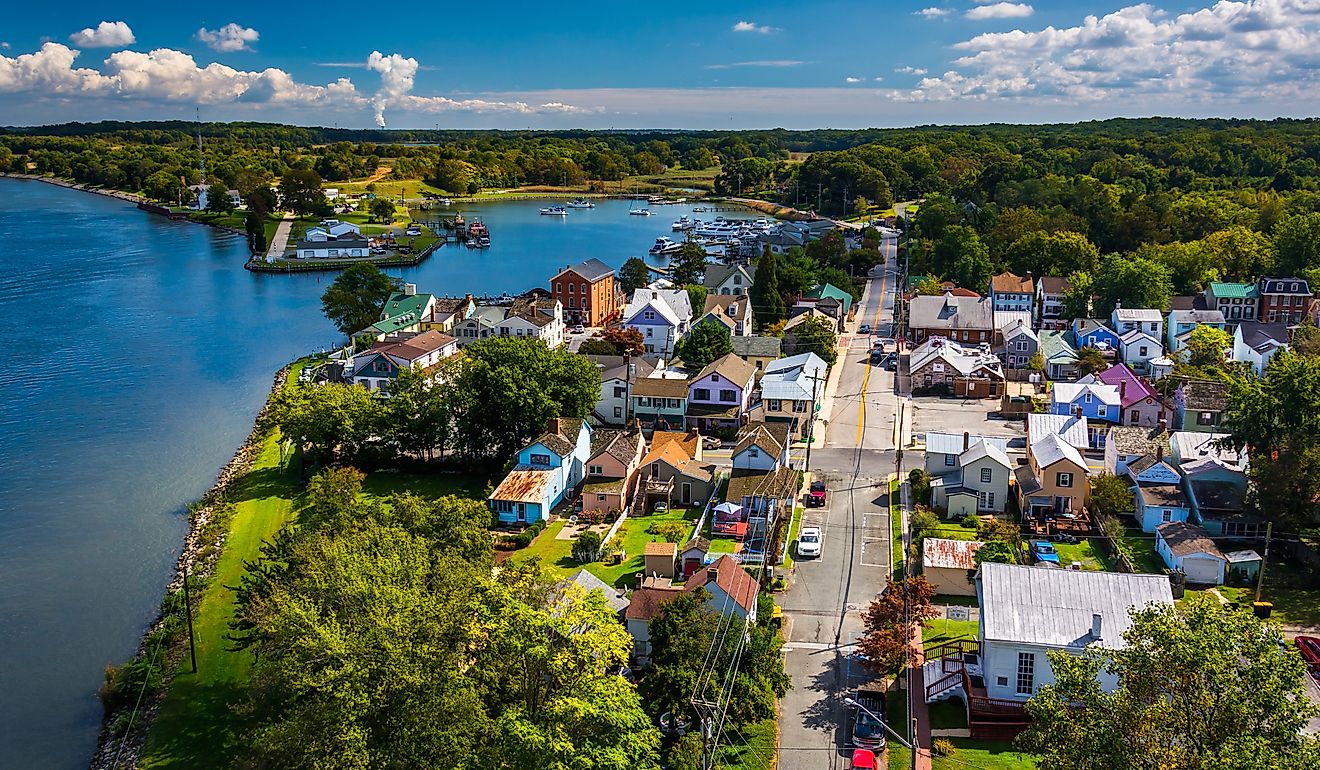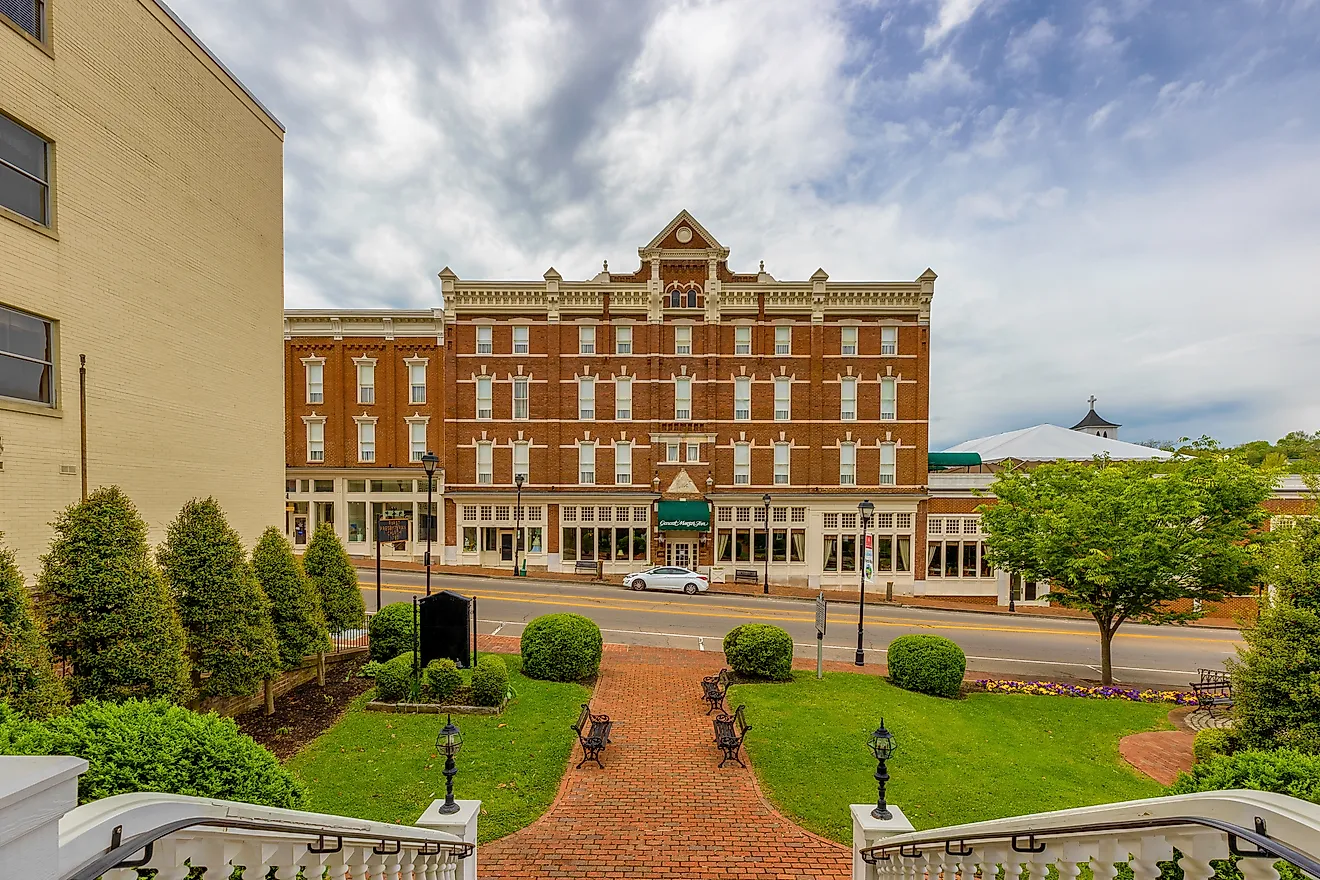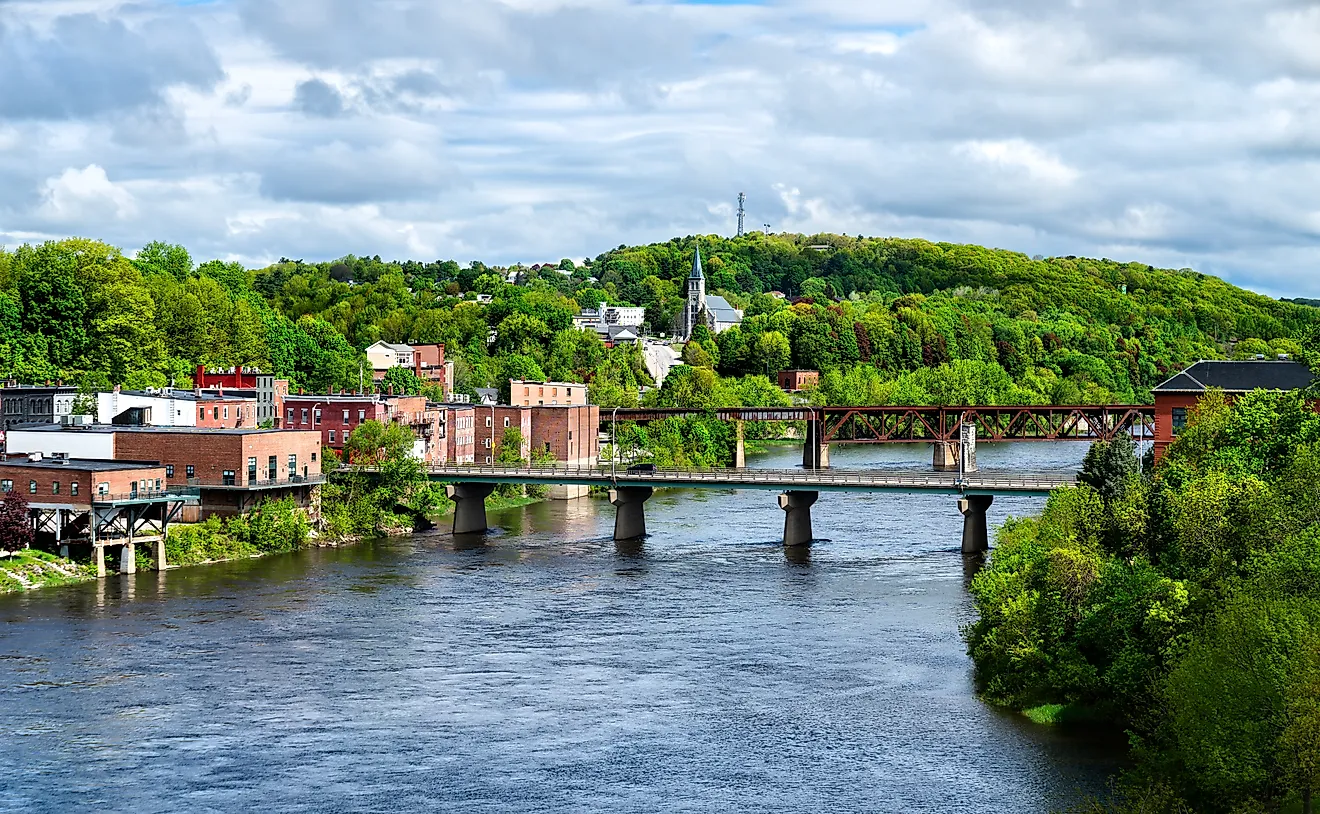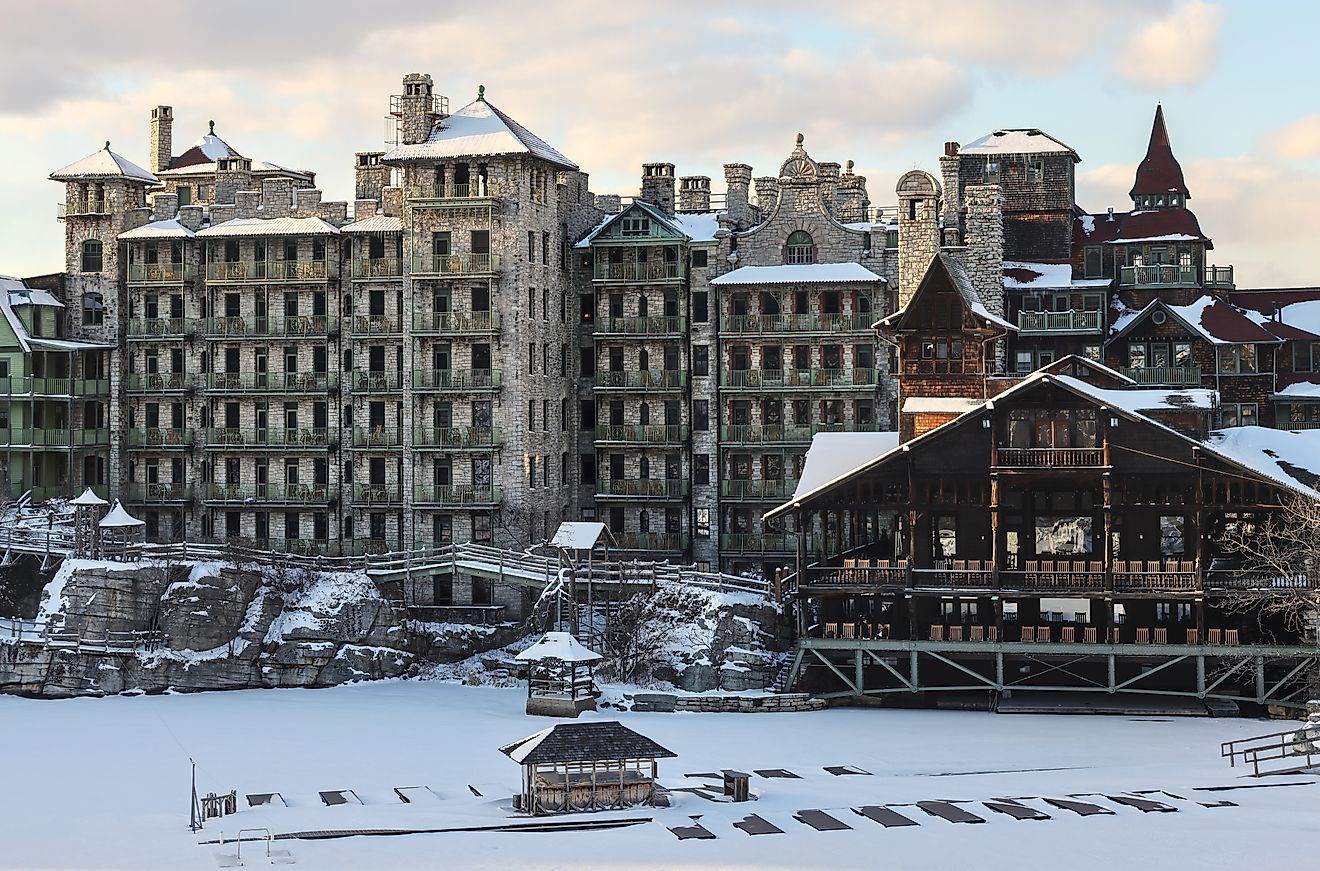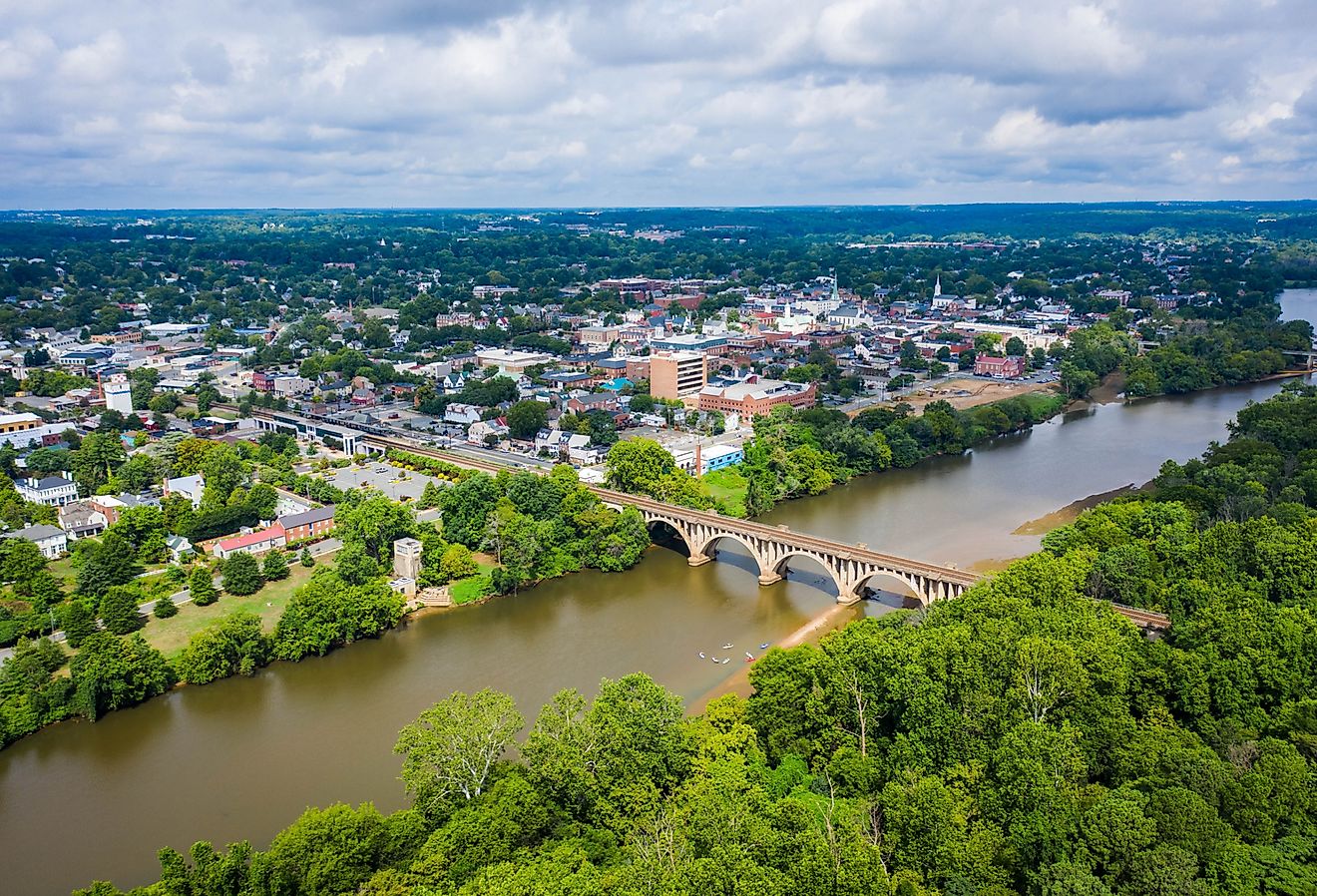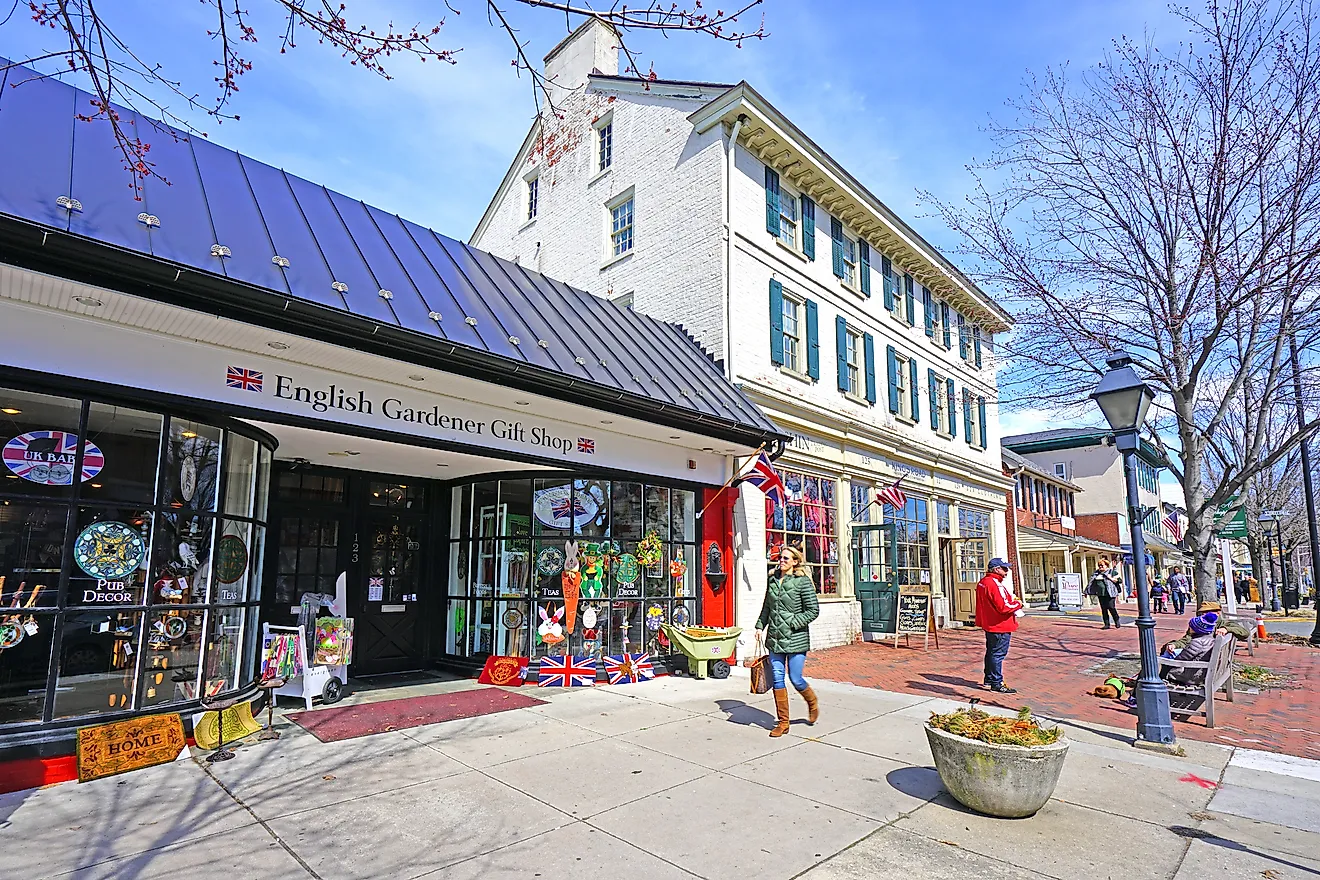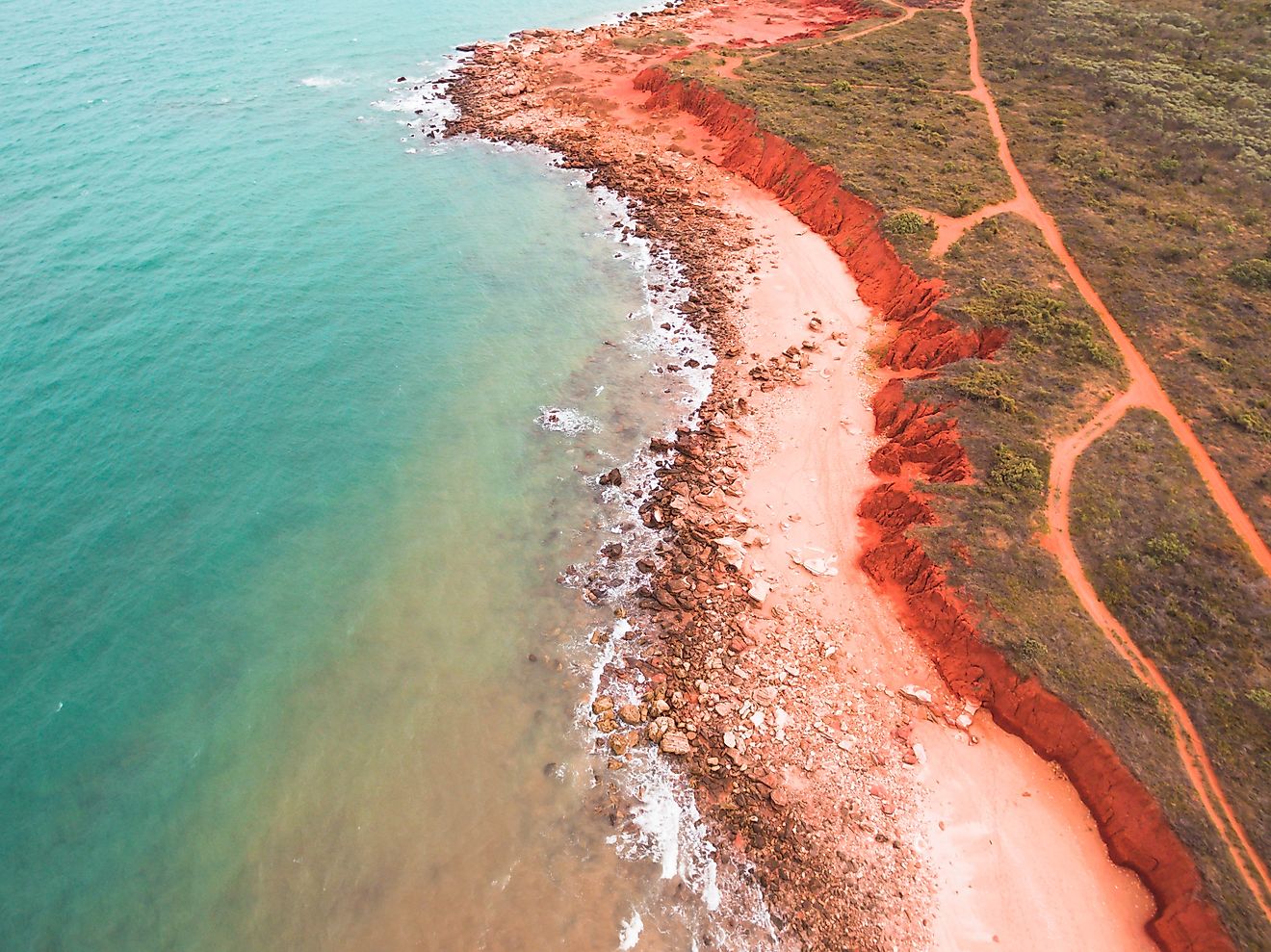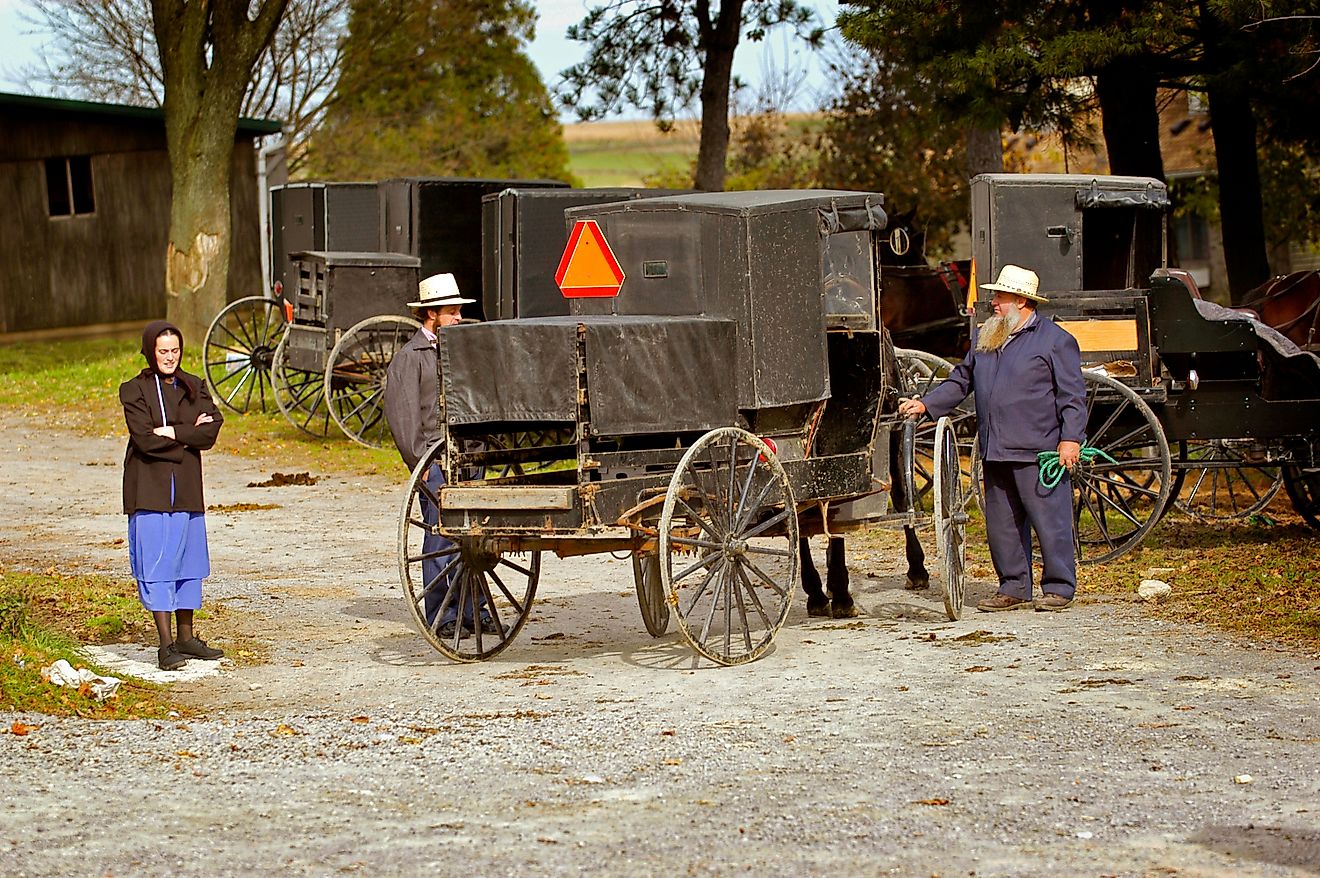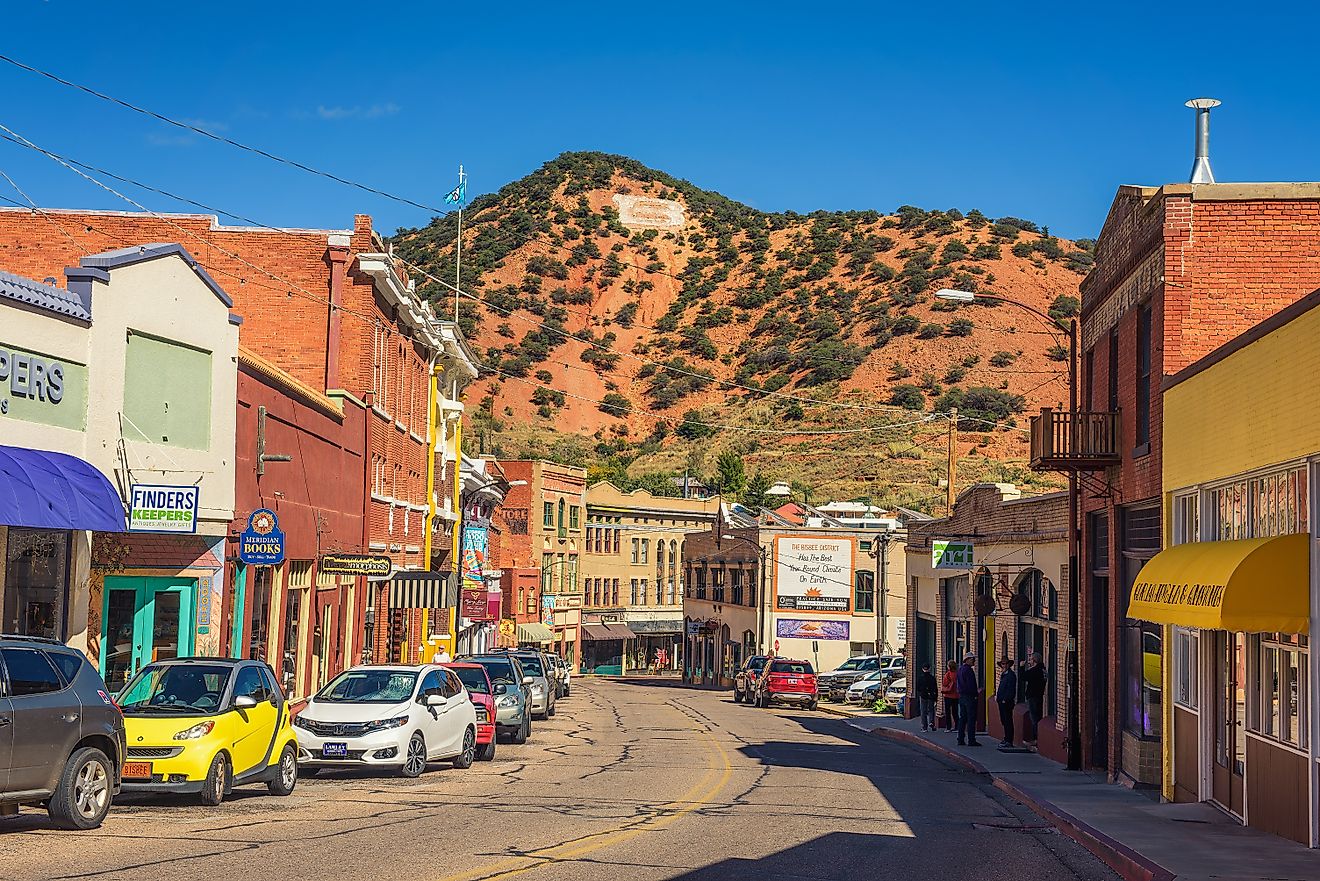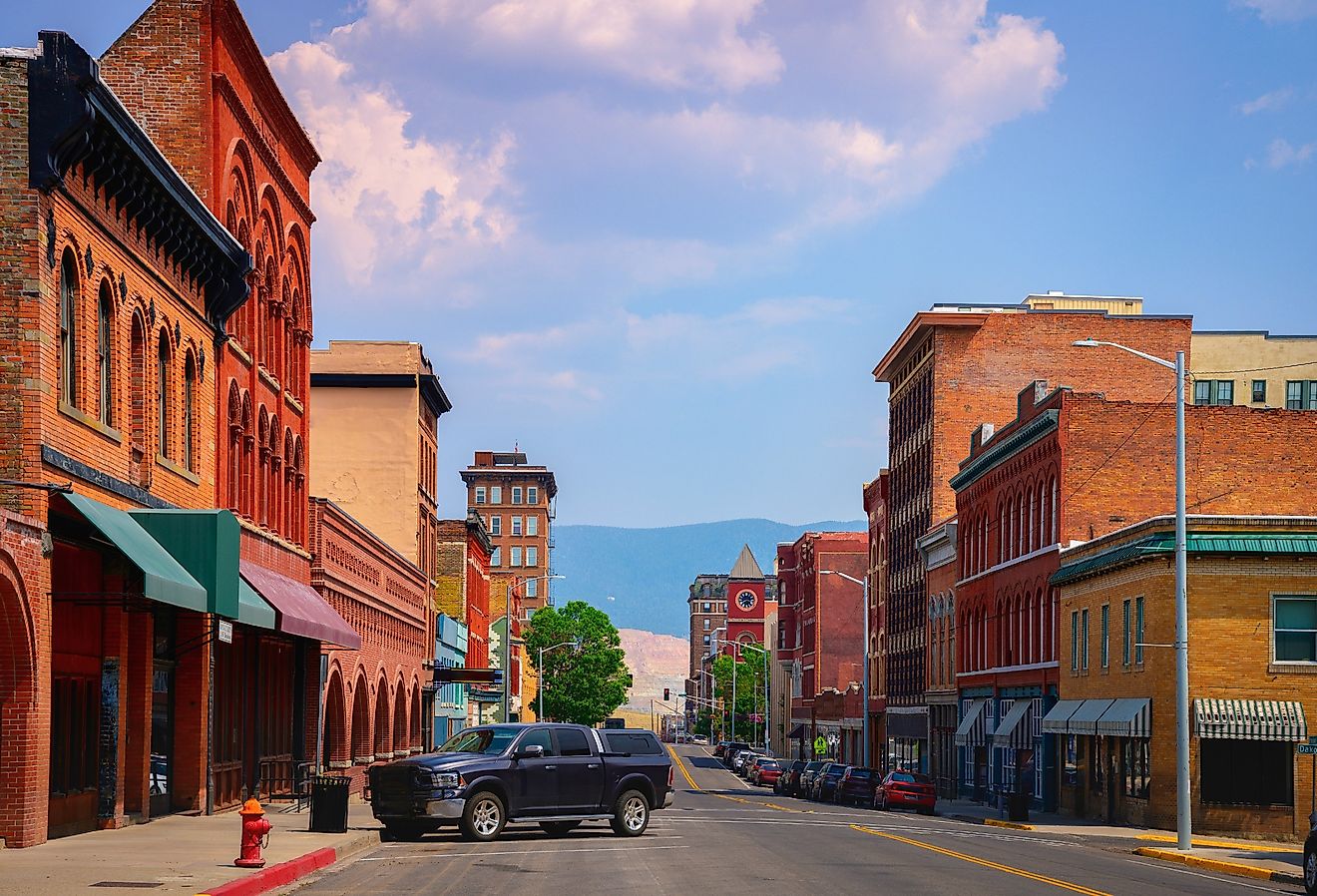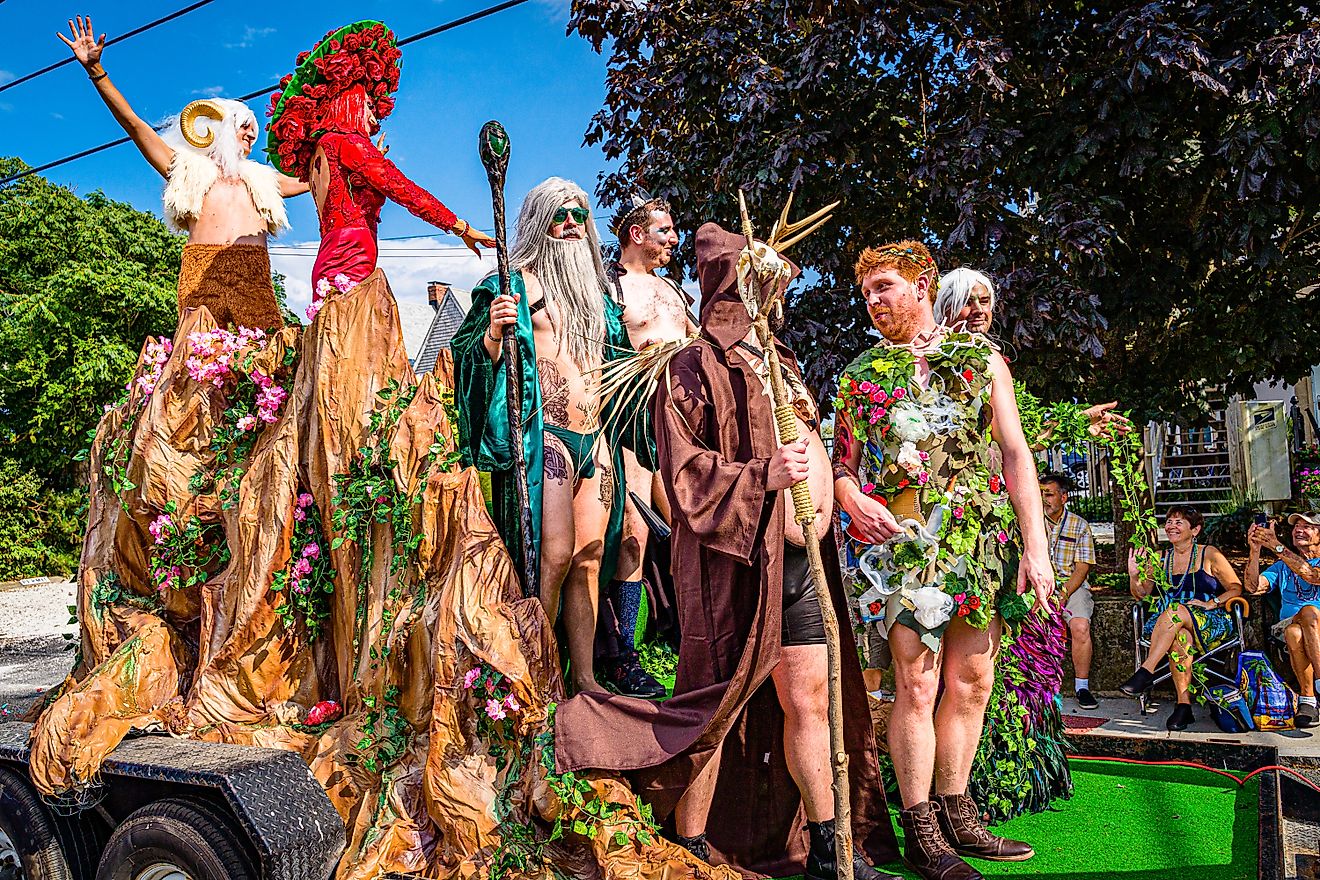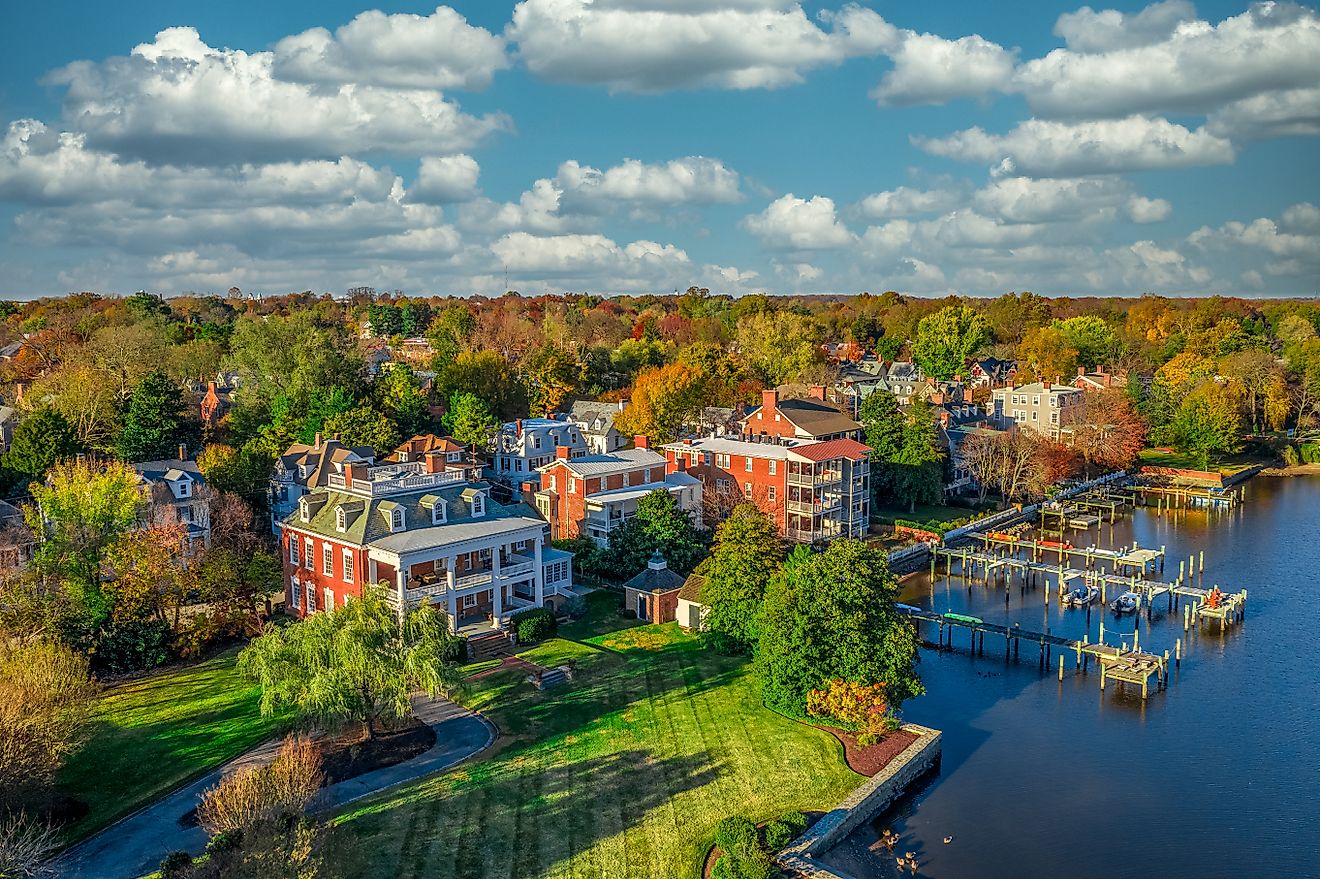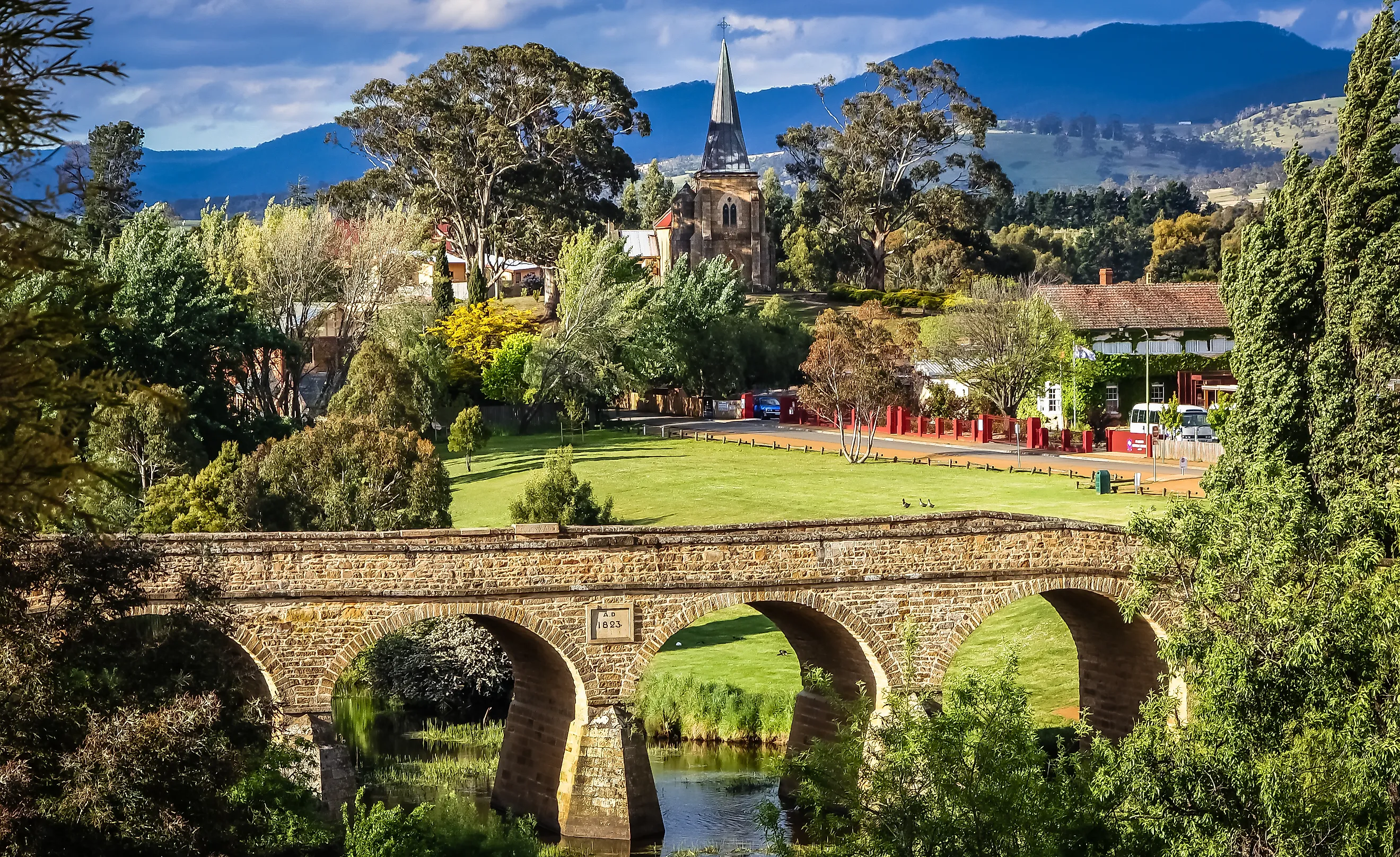
6 Fairy-Tale Small Towns In Tasmania
What kind of place seems to be taken from a storybook but is very much real? Located south of mainland Australia, Tasmania is known for its beautiful coastline, and lush forests. Once a British penal settlement, the island developed through mining, timber, and agriculture. Towns embossed with time and marked by wood and stone formed as they were developed. These fairy-tale towns are not theatrical low-budget performances for tourists, but hold on their customs, festivals, and folklore. They have narrow streets, old bridges, small vineyards, and penguin colonies, and feel like a remnant of the past that has been preserved. If you want towns that feel like fairy-tales, these towns in Tasmania are worth your time and attention.
Deloraine
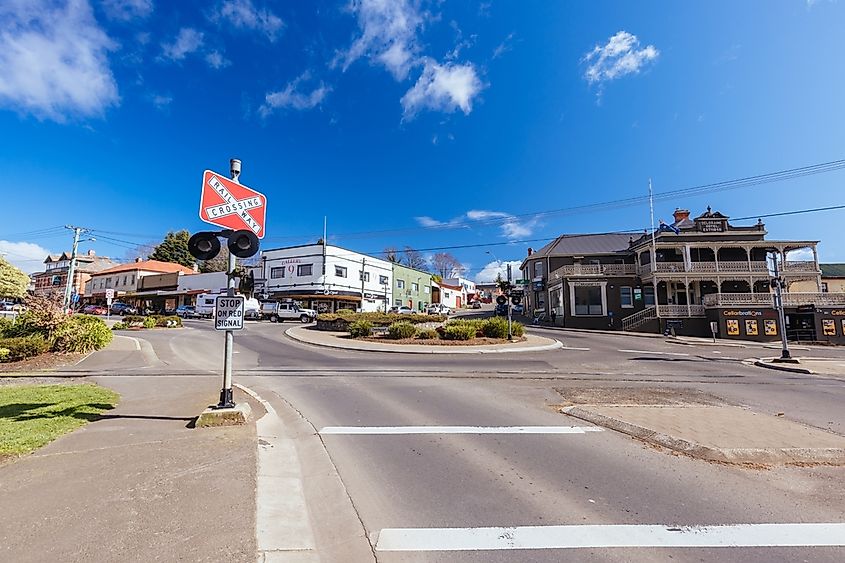
In this town, folklore isn’t a memory; it’s routine. Start your day by visiting the Deloraine Creative Studios, home to practicing artists and handcrafted work in a former church. Then, cross the river to the Deloraine and Districts Folk Museum. Don’t skip the Deloraine Riverbank Reserve, where sculpture-carved stories are embedded in the wood.
Then off to 41° South Tasmania for a self-guided adventure through the wetlands and farm. Feed the fish, see how they farm salmon inland, and end with tastings. Don’t skip Georgie’s Café on-site. The cafe hold events like the Tasmanian Indie Author Romance Luncheon, which allow writers and readers to connect. In November, the four-day Tasmanian Craft Fair fills the town with stalls, workshops, and celebration.
Penguin
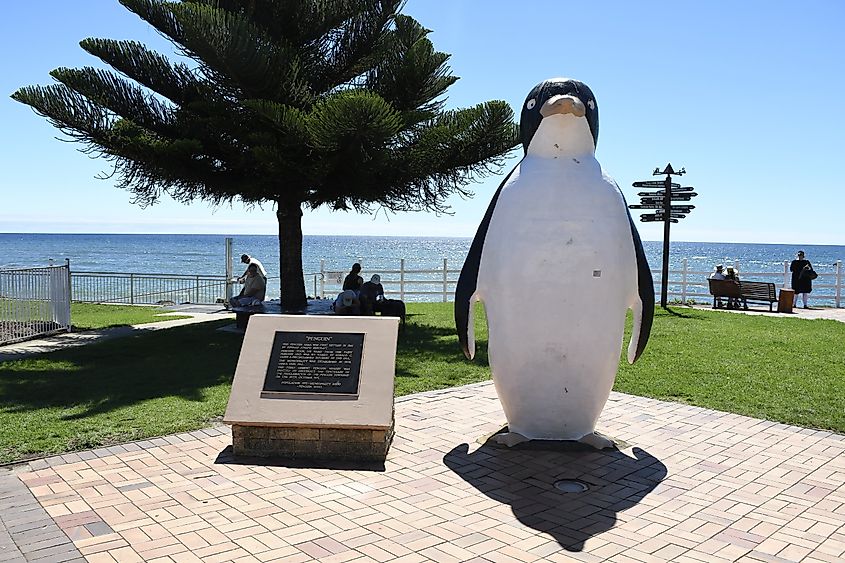
The town’s name comes from the nearby fairy penguin rookeries. It shows up on bins, benches, and even a 3-meter-tall Big Penguin statue at the edge of the sea. Visit that first, then head along the Penguin Heritage Trail, where you’ll find St Stephen’s Anglican Church, built from local basalt stone in 1874. On Sundays, don’t miss Penguin Market, the largest undercover market in Tasmania.
Just 2 km inland is the Penguin Mountain Bike Park, a short warm-up before tackling the Iron Tor and Montgomery Loop in the Dial Range. Afterward, cool off with a lager at Buttons Brewing. If you’re there in early September, join the Penguin Running Festival, a coastal event with a scenic track and a chaotic dash called the crazy run.
Ross
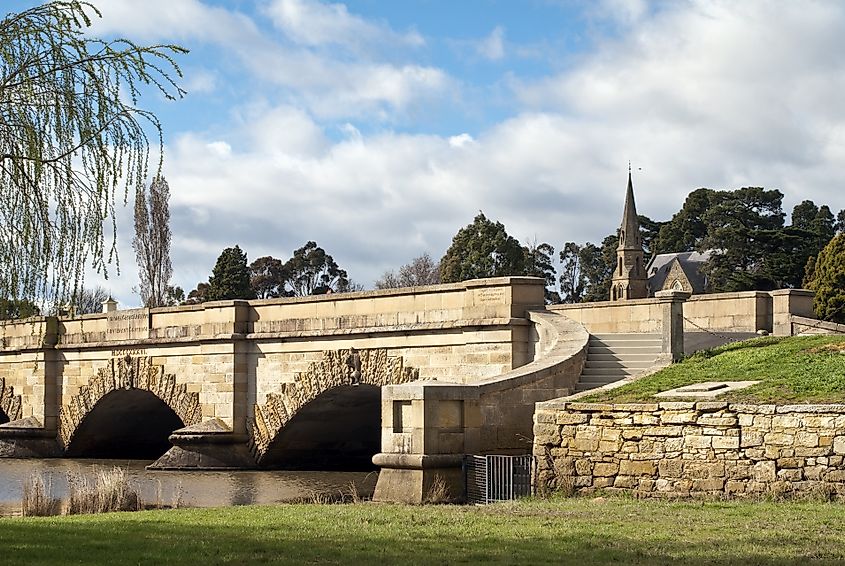
Ross feels like stepping into a different century. Start at the Ross Bridge, built in 1836 by convict stonemasons and adorned with 186 intricate carvings in its sandstone arches. Then walk to the Ross Female Factory, one of the best-preserved female convict sites in Australia, where interpretive panels share stories of hardship and resilience.
Stop by the Ross Village Bakery, known for its wood-fired bread and rumored to have inspired the bakery in the Japanese anime, Kiki’s Delivery Service. Ross will remind you of villages in the Cotswolds or around Oxfordshire, with its old-world feel and stone charm. End your visit at the Tasmanian Wool Centre, which sells local garments and houses a small museum. If you’re there in spring, the TasFaire Renaissance Festival fills the village with costumes, jousting, and medieval trades.
Evandale
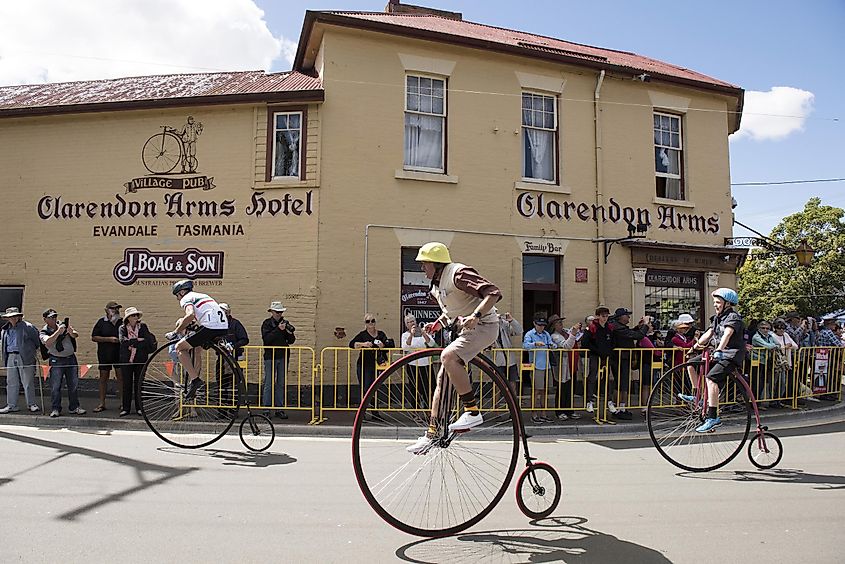
This town could easily pass for a movie set. After breakfast at the Clarendon Arms, a small pub that values its heritage and seasonal produce, stroll over to the Evandale Market; a Sunday bazaar packed with antiques, fresh food, and handmade crafts. Just 8 km away, visit the National Trust’s Clarendon Estate, a colonial-era homestead on the South Esk River with manicured gardens and furnished rooms open for tours.
Before leaving, take a break at Evandale Rotary Park, a small, peaceful green space ideal for a stroll or picnic. If you’re visiting in late November, don’t miss the Verandah Music Festival, where the streets fill with folk artists from across Tasmania.
Stanley
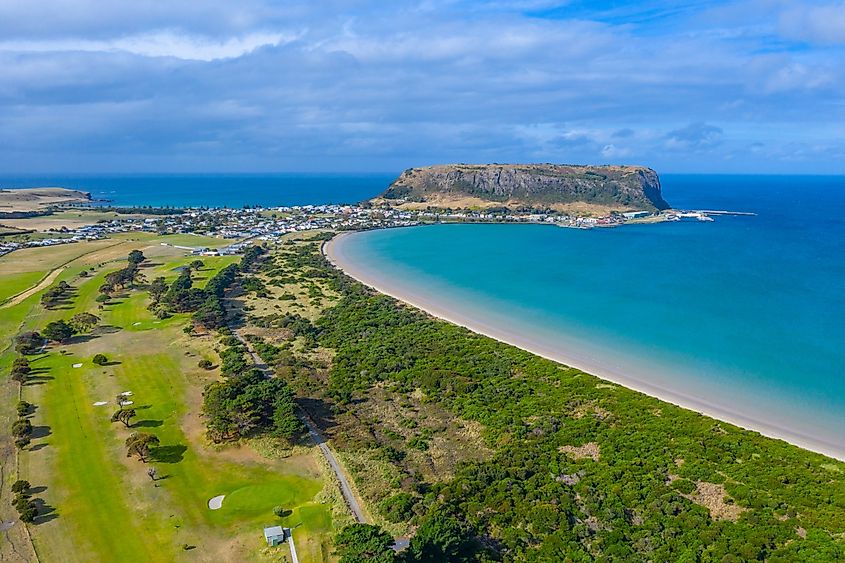
Stanley juts out of the coast with sharp edges and surreal elevation. Begin your day with a ride on the Nut Chair Lift, which takes you to the top of The Nut, an ancient volcanic plug. Walk the summit loop for sweeping views over Bass Strait. Back in town, visit Joe Lyons Cottage, the birthplace of Australia’s only Tasmanian Prime Minister, then explore the Stanley Discovery Museum for its maritime and settler relics.
End the day at Godfrey’s Beach, where little fairy penguins come ashore at dusk. For dinner, stop by the Stanley Hotel Bistro for fresh, local seafood. If you’re there in September, check out the Circular Head Agricultural Show with livestock, crafts, and community pride.
Richmond
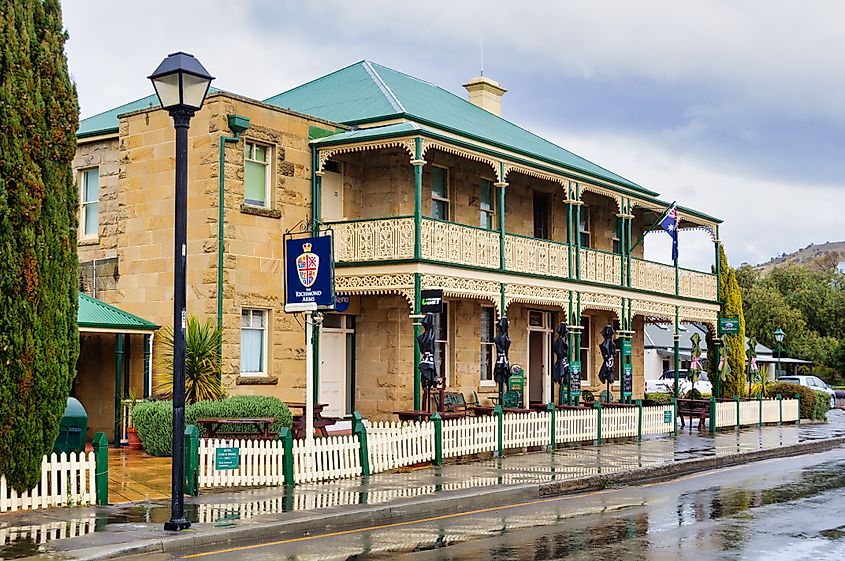
A fairy tale built from bricks and old secrets. Start at Richmond Bridge, built by convicts in 1825, and the oldest stone bridge in Australia still in use. Contrary to popular belief, some storybook towns need jails to give them a charm that’s impossible to replicate. Stroll along the willow-lined banks to Richmond Gaol, where solitary cells and a punishment yard reveal Tasmania’s convict past.
Then visit the Old Hobart Town Model Village, a 1:16 scale replica of 1820s Hobart that offers an eerie look into early colonial life. Drive just minutes outside town to Puddleduck Wines, a family-run winery offering tastings beside ducks, vines, and a peaceful pond. If you’re there in November, don’t miss the Richmond Village Fair with music, markets, and homemade goods. It’s a proper country gathering.
These towns are no figment of the imagination. The stone was laid by convicts and settlers. The festivals were organized by neighbors and not event companies. The rivers, trails, and edges of the coast are used as they always have been. Tasmania’s small towns didn’t freeze in time. They simply chose not to go mainstream. From old gaols to salmon farms, penguin rookeries to Renaissance fairs, each place felt grounded and oddly beautiful. You don’t need a castle or a carriage. You need a car, a map, and enough time to listen. If that is your fairy tale, then Tasmania is not a place to visit, but a place to experience.
